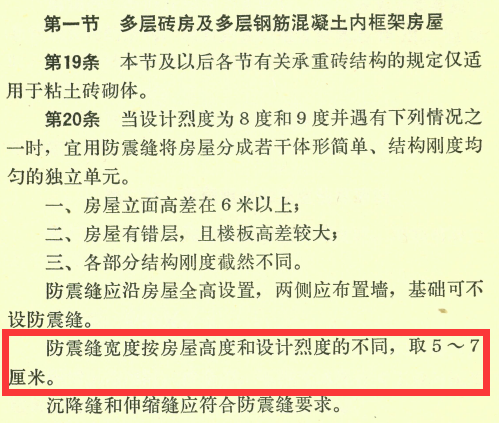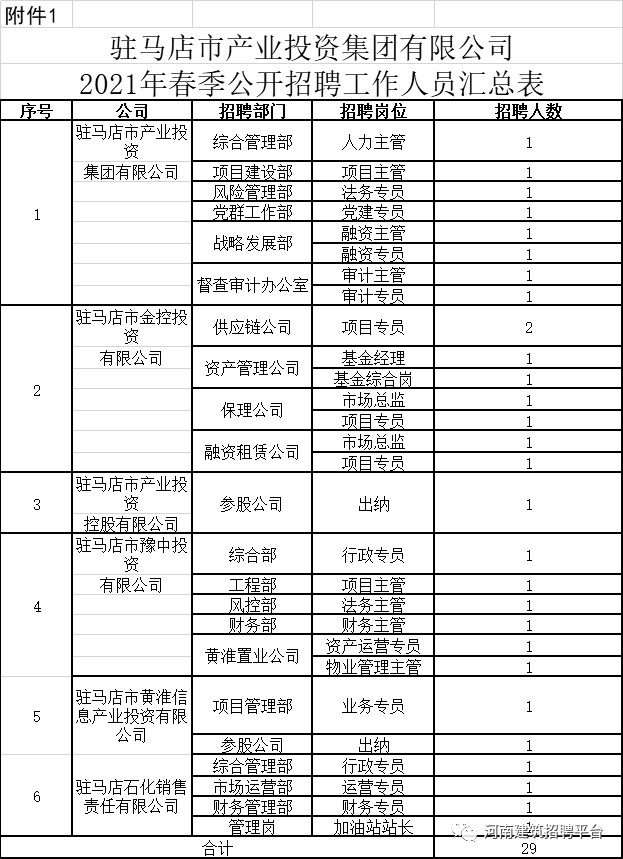The newly issued key points for the development of building energy conservation and prefabricated buildings in Zhengzhou in 2021 issued by Zhengzhou urban and Rural Development Bureau It is clearly pointed out in the notice that: actively carry out the creation of green buildings, continuously improve the level of green buildings, promote the improvement of building energy efficiency, promote the development of prefabricated buildings, promote the popularization and application of green building materials, and improve the level of building energy conservation and the development of prefabricated buildings.
The large talent gap and the rapid development of emerging technologies have gradually improved the industry’s requirements for construction technology, technical ability and worker quality, and the threshold for most posts on the construction site will be higher and higher.
In the whole process from design to construction to construction, prefabricated buildings have their unique advantages compared with traditional building methods.
The rapid development of prefabricated buildings has brought new changes to the talent pattern of the industry.
In terms of design, prefabricated buildings are more in line with the requirements of green buildings, and the degree of design standardization and management informatization is higher.
Building materials such as piers, bridge decks and steel box girders were first processed in factories in Zhongshan, Dongguan and other places.
Let’s learn more about them next.
The demand for traditional types of work has changed, and some jobs may be eliminated.
While eliminating some types of work, the huge market space of prefabricated buildings has brought a gap of a large number of professional and technical talents: designers, on-site hoisting personnel, managers, and even employees The demand for front-line workers in component factories is growing rapidly.
However, prefabricated buildings are not only effective in energy conservation and environmental protection.
01why is hot prefabricated building favored by the construction industry? Let’s first look at a set of data: compared with the traditional construction method, the prefabricated construction method can save 65% of water, 37% of energy, 2% of steel, 85% of wood, 59% of garbage and 65% of sewage discharge per square meter of construction area.
In addition, some famous buildings in China will also make full use of assembly technology.
To sum up, with new technologies such as standardized design, factory production, assembly construction, integrated decoration, information management and intelligent application, prefabricated buildings have changed the dirty and messy phenomenon of the traditional construction site in one fell swoop, realized the cleanness and tidiness of the construction site, and become more environmentally friendly in terms of building materials, becoming the representative of modern industrial production and the “Green building” In recent years, according to the national policy documents issued by the State Council and the Ministry of housing and urban rural development, the local governments of 31 provinces and municipalities directly under the central government have issued specific implementation opinions, plans and action plans for prefabricated buildings, including Beijing Shanghai, Tianjin, Zhejiang, Jiangsu and other economically developed regions require the assembly rate to reach more than 30% by 2020.
03 industrial development needs talent support.
In terms of building efficiency, a large number of components of prefabricated buildings are produced and processed by the factory, and the decoration can be completed in the factory with the main construction, which not only ensures the decoration quality, but also speeds up the overall progress of the project.
The impact of dust and noise on the environment is basically eliminated in the process of production and construction, and finally realize green, low-carbon, energy-saving and environmental protection construction.
With the digital management of the factory, the cost performance of the whole prefabricated building will be higher and higher.
In calm times, they were assembled piece by piece and layer by layer on the sea, which was more efficient and environmentally friendly like building blocks.
On the road of new building industrialization, some new technologies will inevitably emerge to boost the development of construction industry.
It can be seen that prefabricated buildings and green buildings have become new building models vigorously promoted by the government At the same time, local governments also actively provide incentives through tax incentives, land use support, financial subsidies, plot ratio incentives and other methods.
With the strong boost of policies, prefabricated buildings have developed rapidly, with an average growth rate of 55% for four consecutive years.
With the support of national policies If technicians master assembly technology, the future career development path may be very broad..
The rapid construction of Raytheon mountain and Huoshen mountain in 2020 is a classic case that prefabricated buildings can shine.
In recent years, with the advancement of urbanization, the traditional building model has been difficult to meet the needs of the transformation and development of the national modern construction industry because of its inherent disadvantages such as large building energy consumption, long construction cycle of building materials, high consumption cost and poor thermal insulation.
It is estimated that by 2025, the demand for assembly technicians in China may exceed about 1 million.
For a time, Bim and assembly have been pushed to the forefront of the wind and waves, or will bring the trend of riding the wind and waves to the development of the construction industry.
Taking Beijing as an example, non-governmental investment projects with prefabrication rate of more than 50% and assembly rate of more than 70% within the scope of implementation will be given financial incentives; for non-governmental investment projects not within the scope of implementation, those who voluntarily adopt prefabricated buildings and meet the implementation standards will be given a certain proportion of financial incentives according to the increased cost, and an area award of no more than 3% of the implementation project will be given The corresponding policies of Shanghai point out that for prefabricated residential projects with a total construction area of more than 30000 square meters and a prefabricated assembly rate of 45% or more, a subsidy of 100 yuan per square meter and a maximum subsidy of 10 million yuan per single project will be given; projects that voluntarily implement prefabricated buildings will be rewarded with a plot ratio of no more than 3%; the exterior walls of prefabricated buildings will be used The prefabricated sandwich insulation wall will be rewarded with a floor area ratio of no more than 3%.
In response to a series of national guidance requirements for prefabricated buildings, all localities have also launched corresponding support and preferential policies for the implementation of prefabricated buildings.
Prefabricated technology is one of them.
It is favored by the government and enterprises because of its advantages such as energy saving, environmental protection and short construction period.
For example, the 55 km long Hong Kong Zhuhai Macao Bridge was built in order to improve construction efficiency.
In particular, the 14th five year plan points out that focusing on the key development directions such as building energy efficiency improvement and green building, we will promote the development of prefabricated high-quality and Bim and intelligent construction.
From the functional point of view, through a large number of on-site assembly operations, prefabricated buildings greatly reduce on-site cast-in-situ operations and can significantly improve labor productivity.
In addition, the main building of the Western artificial island of the Hong Kong Zhuhai Macao Bridge, with a three-story building area of 20000 square meters, also adopts the prefabricated construction technology, which shows the strength of the prefabricated building.
According to the prediction of a third-party organization, the market space of prefabricated buildings in China will be about 2 trillion yuan in 2020, By 2025, it may exceed 6.8 trillion yuan.



